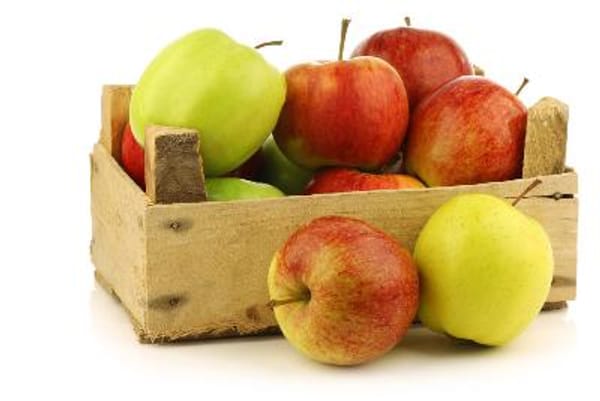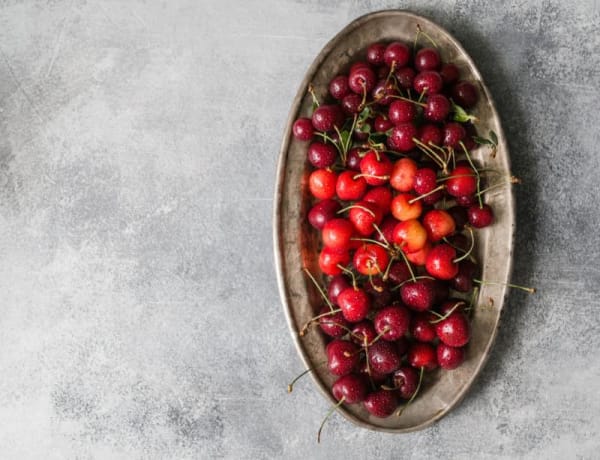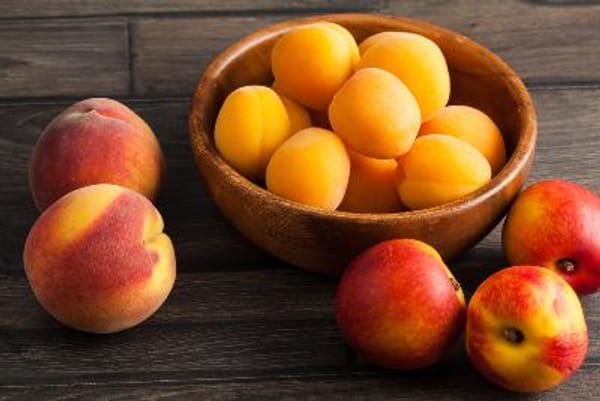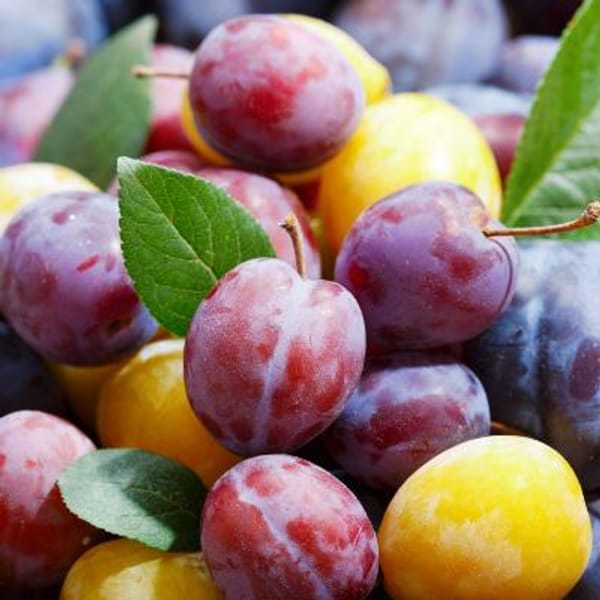- Most popular plum in California and Arizona.
- Originating in Santa Rosa California where plant breeder Luther Burbank crossed Japanese and European varieties to produce the Santa Rosa Plum.
- Juicy, tangy, and flavorful.
- Fruit is large, dark reddish-purple, with rich, tart, fragrant yellow-amber flesh.
- Trees will display spectacular white-pink blossoms in the spring.
- Self-fruitful
- Vigorous and prolific.
- USDA Zone 5-10, Requires 250 chill hours to set fruit.
- Protect when temperatures fall below -10°F.
- Approximate harvest period (for Central CA): June / July.
- Grafted onto Mariana 26-24 rootstock
- Click here to view our "Fruit Tree Variety Chart"
- This tree will be shipped dormant and bare-rooted.
- Please see our "Dormant Tree & Plant Guarantee" below
-
This is a pre-ordered item. It will be ready to ship starting January 2026.
Click here for our Bare Root Fruit Tree Growing Guide (pdf)
Guia de cultivo para un arbol de raiz desnuda
Optimize Shipping: Optimize your shipping by ordering multiple bare-root fruit trees. Shipping is calculated by box size. We can fit up to 8 bare-root fruit trees in a box. Multi-budded fruit trees and Jujube trees will count as 2 due to branching.







